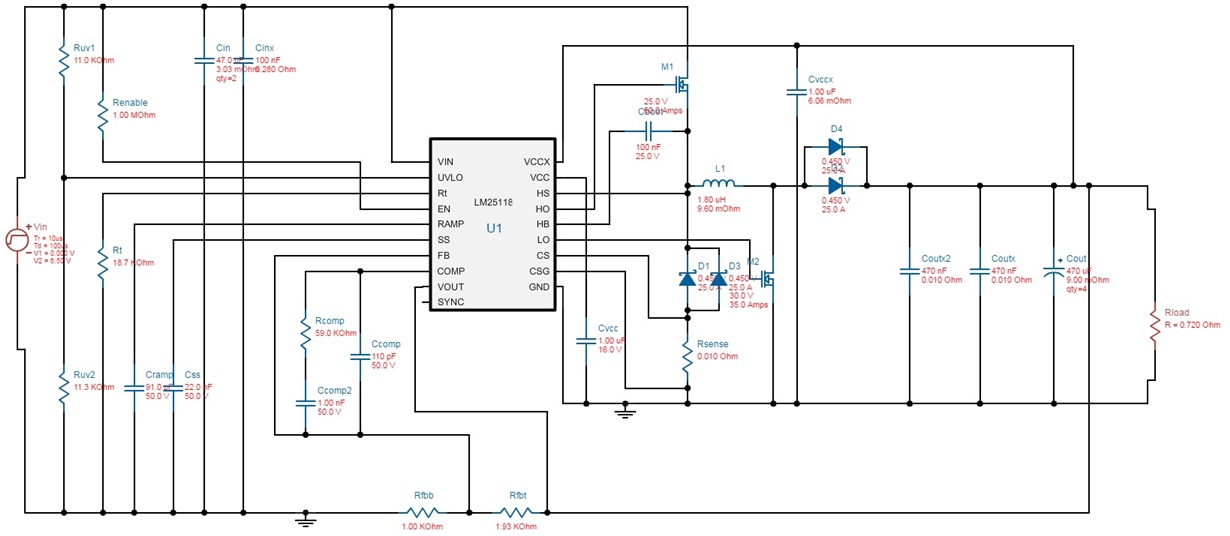Other Parts Discussed in Thread: TPS55340, LM5175, LM5118, CSD88539ND, LM25118
Hi There, I'm wondering if you have an example of the TPS55330 regulator in SEPIC configuration.
I'm looking to use run device as a 3.6V, 5A Buck-Boost converter (with input 2.9 - 4.5V), and SEPIC would seem like a good choice, but the datasheet has no info regarding designing in this config. Any help would be appreciated!
Many Thanks,
Dave



